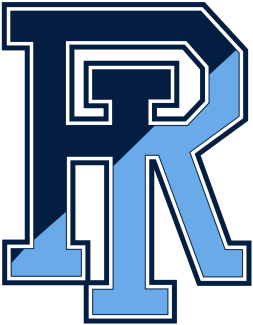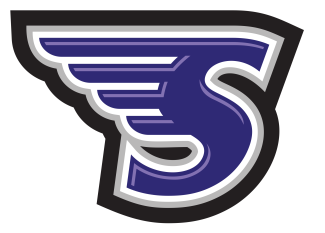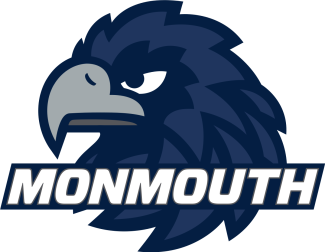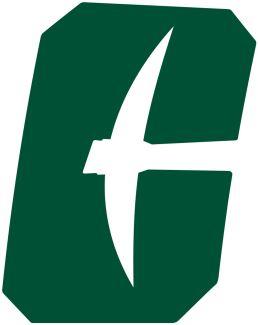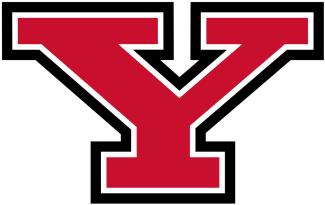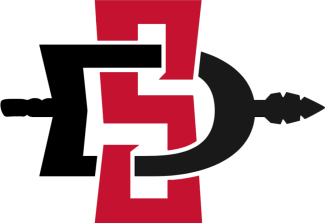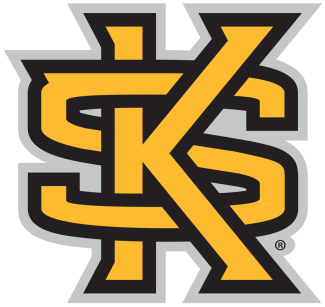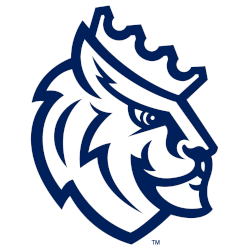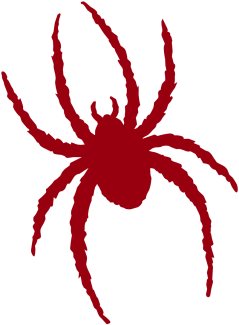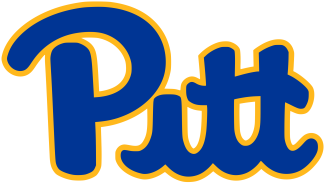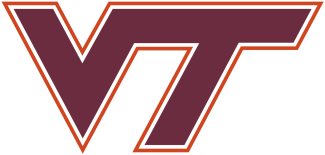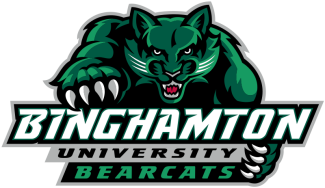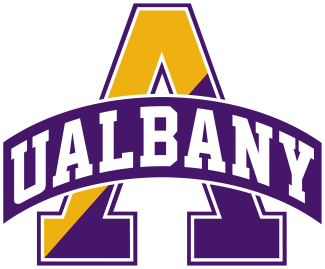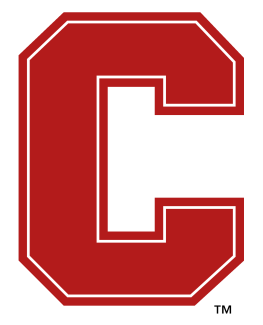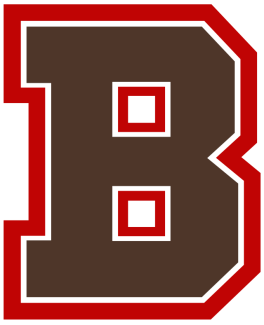This article appears in the Pacific Southwest version of the July/August edition of US Lacrosse Magazine. Don’t get the mag? Join US Lacrosse today to start your subscription.
The visitors’ bureau for Reno, Nev., and the Lake Tahoe area offers, “We don’t do one-dimensional,” as the top headline on its website, placed over video highlights of activities ranging from urban wall-climbing to scenic snowboarding.
Cool stuff.
Lacrosse, it seems, will fit in just fine as an addition to the pursuits of people in the “biggest little city in the world,” especially as investments by High Sierra Lacrosse Foundation volunteers into physical-education and soft-stick lacrosse pay dividends in the form of more kids playing the game.
“Lacrosse was always an option in the East,” said Al Garner, vice president of the HSLF and coordinator of its P.E./soft-stick program. “Out here, it’s been really gratifying to watch it go from a novelty into a legitimate spring team sport.”
Much of that legitimization is due to volunteers like Garner, who grew up playing lacrosse in Philadelphia, and their wise promotion of P.E. lacrosse clinics and soft-stick equipment sets to schools and youth organizations in the area. He reported HSLF has conducted nearly 50 such clinics and gifted some 1,200 soft lacrosse sticks to more than 30 schools since it formally began these outreach efforts in April 2012.
Garner played for Utah State’s club team before permanently moving to Reno for work, where he continued playing for the Tahoe Dawgs post-collegiate team. He joined other players and transplants in top-down efforts to expand participation, ultimately sharpening focus on the youth level through the HSLF.
“We’d get a teacher email us every now and then for a demonstration, so we’d grab a couple players from the Dawgs or the [University of Nevada-Reno] club team and go,” Garner said. “It was piecemeal for a few years.”
Piecemeal got replaced with the main course as fundraisers, among them the annual Lake Tahoe Lacrosse Tournament, allowed HSLF to purchase in bulk soft-stick sets from suppliers and PE lacrosse curricula from US Lacrosse. HSLF often donated the equipment to the schools at the end of the day, and volunteers encouraged school and organization leaders to apply for US Lacrosse Soft Stick Program grants on their own.
Local coaches, officials and even parents, like West Coast native Dave Knickerbocker, learned the curriculum and helped to conduct an increasing number of clinics in local schools as this decade continued.
“You can tell at the beginning some kids are disinterested and only there because they have to be there,” Knickerbocker said. “It’s cool to watch those kids sprint, get excited and have a great time trying to score a goal in the scrimmage at the end.”
Cool resonated multiple times from Knickerbocker, who characterized the sport as such when he first saw it — an NCAA championship on ESPN some 20 years ago. He grew up in the self-described “backwater,” sans exposure to sports other than football, basketball and baseball.
Later as a father of three sons, he recalled his eldest, Hunter, use that adjective when he saw a poster at school that publicized a demonstration by Virginia transplant Bill Hogan.
“We dropped him off and thought nothing of it,” Dave Knickerbocker said. “We had no idea how involved we would be years later, but he came home and said he wanted to play. He was stoked.”
Hogan’s demonstration involved actual equipment and included another transplant from Virginia, Andrew Haas. Hunter Knickerbocker went on to play under coach Haas at Galena High, and briefly continued playing collegiately at Montana State.
Dave Knickerbocker coached his two younger sons in baseball for a time before losing them to lacrosse, so he began helping Garner’s group conduct the similar clinics that converted them.
“It’s been a great experience with mostly good people and families that we enjoy spending time with,” Knickerbocker said. “It’s such a fun game to watch. I wish it’d been available when I was a kid.”
This season saw 61 boys’ and girls’ teams participate in the High Sierra Lacrosse League, from an 8U division through high school. Garner could not correlate with certainty the direct influence of his group’s efforts to expose the sport to kids in PE classes with the growth in participation in local rec and travel programs, but, much like other wonders in this scenic part of the country, seeing is believing.
Nowadays, there’s plenty to see, thanks to HSLF’s vision for the future.

